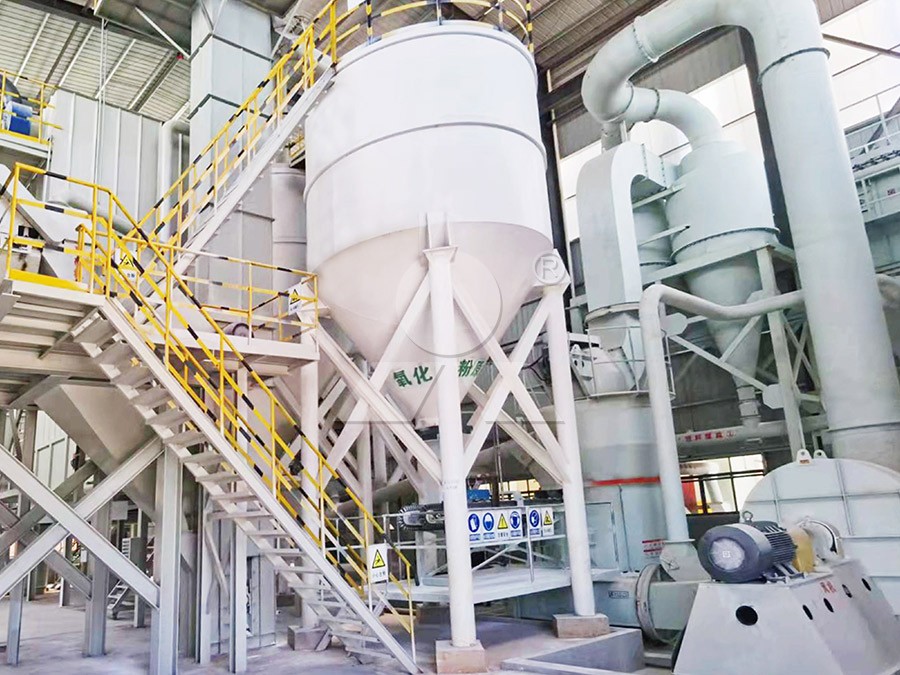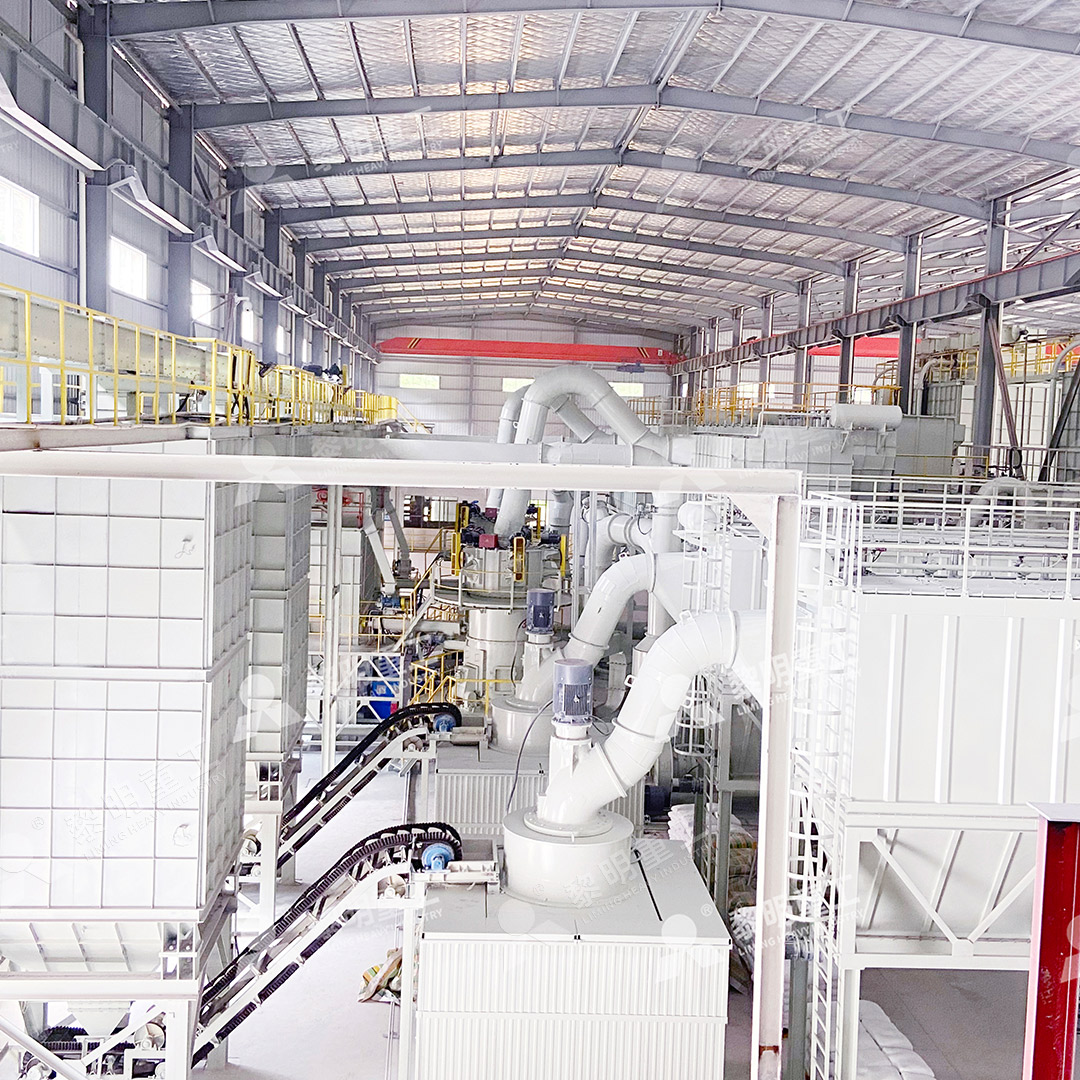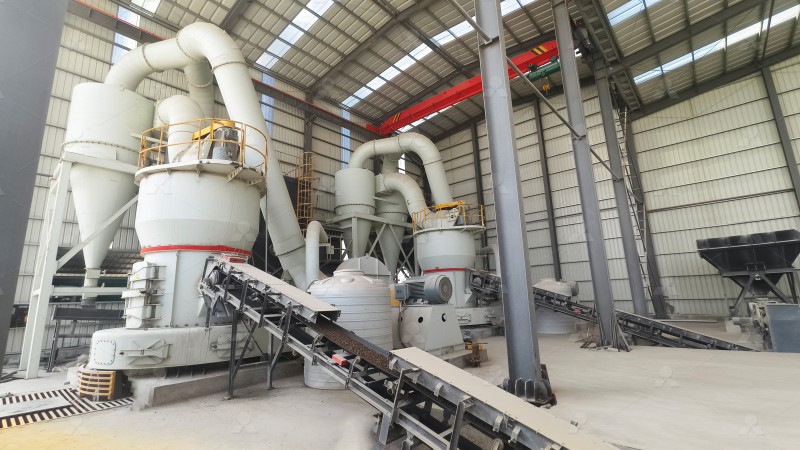Complete Bentonite Grinding Plant Equipment for Industrial Production
Complete Bentonite Grinding Plant Equipment for Industrial Production
Establishing an efficient bentonite grinding operation requires careful consideration of equipment selection, process flow, and production requirements. Bentonite’s unique properties—including high swelling capacity, viscosity, and absorption characteristics—demand specialized grinding solutions that can maintain product quality while achieving desired throughput and fineness.
Modern bentonite processing plants typically incorporate several key components: crushing systems for primary size reduction, drying equipment to control moisture content, grinding mills for fine powder production, classification systems for particle size control, and dust collection equipment to maintain environmental compliance. The heart of any bentonite processing facility remains the grinding mill, where material properties are ultimately determined.

Critical Equipment Selection for Bentonite Processing
When designing a complete bentonite grinding plant, several factors must guide equipment selection. Material characteristics such as moisture content, hardness, and desired final fineness significantly impact mill choice. Production capacity requirements, energy consumption targets, and space constraints further narrow suitable options.
For operations requiring ultra-fine bentonite powders with fineness between 325-2500 meshes, the MW Ultrafine Grinding Mill represents an optimal solution. This advanced mill system features a cage-type powder selector employing German technology, ensuring precise particle separation with screening rates achieving d97≤5μm in a single pass. With capacity ranging from 0.5 to 25 tph and the ability to process feed material up to 20 mm, this equipment suits various production scales.
The MW series distinguishes itself through several innovative features. Its unique grinding chamber design eliminates rolling bearings and screws, preventing common failure points and enabling continuous 24-hour operation. The integrated pulse dust collector and muffler system maintains environmental compliance while reducing noise pollution—critical considerations for industrial facilities operating near residential areas.

Integrated Plant Design Considerations
A complete bentonite grinding plant extends beyond the primary mill to include auxiliary systems that ensure consistent operation. Pre-crushing equipment prepares raw bentonite for fine grinding, while drying systems address the material’s typically high moisture content. Conveying systems, storage silos, and packaging equipment complete the processing line.
For operations prioritizing vertical integration and space efficiency, the LUM Ultrafine Vertical Grinding Mill offers compelling advantages. This system integrates grinding, classifying, and transporting within a compact footprint, handling input sizes up to 10 mm with capacities from 5 to 18 tph. Its reversible structure simplifies maintenance, while double position-limiting technology ensures operational stability—particularly valuable when processing variable bentonite deposits.
The LUM mill’s multi-head powder separating technology, controlled through a PLC system, enables precise adjustment of production parameters. This flexibility allows operators to quickly adapt to different bentonite grades and customer specifications without significant downtime or process adjustments.
Optimizing Bentonite Grinding Operations
Successful bentonite plant operation requires attention to several operational aspects. Moisture control proves critical, as excessive moisture can lead to clogging and reduced grinding efficiency, while insufficient moisture may generate excessive dust. Regular maintenance scheduling, particularly for grinding elements and classifiers, ensures consistent product quality and prevents unexpected downtime.
Energy consumption represents another significant consideration in bentonite processing. Modern grinding systems like the MW Ultrafine Grinding Mill achieve notable efficiency, consuming approximately 30% of the energy required by jet grinding mills for equivalent output. This efficiency translates to substantial operational cost savings over the equipment lifespan.

Frequently Asked Questions
What fineness range can be achieved with modern bentonite grinding equipment?
Advanced systems like the MW Ultrafine Grinding Mill can produce bentonite powders ranging from 325 to 2500 meshes, with some configurations achieving d97≤5μm particle size in a single pass.
How does bentonite moisture content affect grinding mill selection?
High moisture content may require pre-drying systems or mills with integrated drying capabilities. The MW series handles typical bentonite moisture levels efficiently, though extremely wet material might benefit from auxiliary drying.
What production capacities are available for industrial bentonite grinding?
Capacity requirements dictate equipment selection. The MW Ultrafine Grinding Mill offers 0.5-25 tph capacity, suitable for medium to large operations, while other models accommodate different production scales.
How important is dust control in bentonite processing plants?
Critical. Bentonite dust can create environmental and health concerns. Modern mills incorporate efficient pulse dust collectors that maintain clean operation and compliance with industrial emission standards.
What maintenance considerations are unique to bentonite grinding equipment?
Bentonite’s abrasive nature necessitates regular inspection of grinding elements. Equipment like the MW series with external lubrication systems and no internal screws or rolling bearings significantly reduces maintenance complexity.
